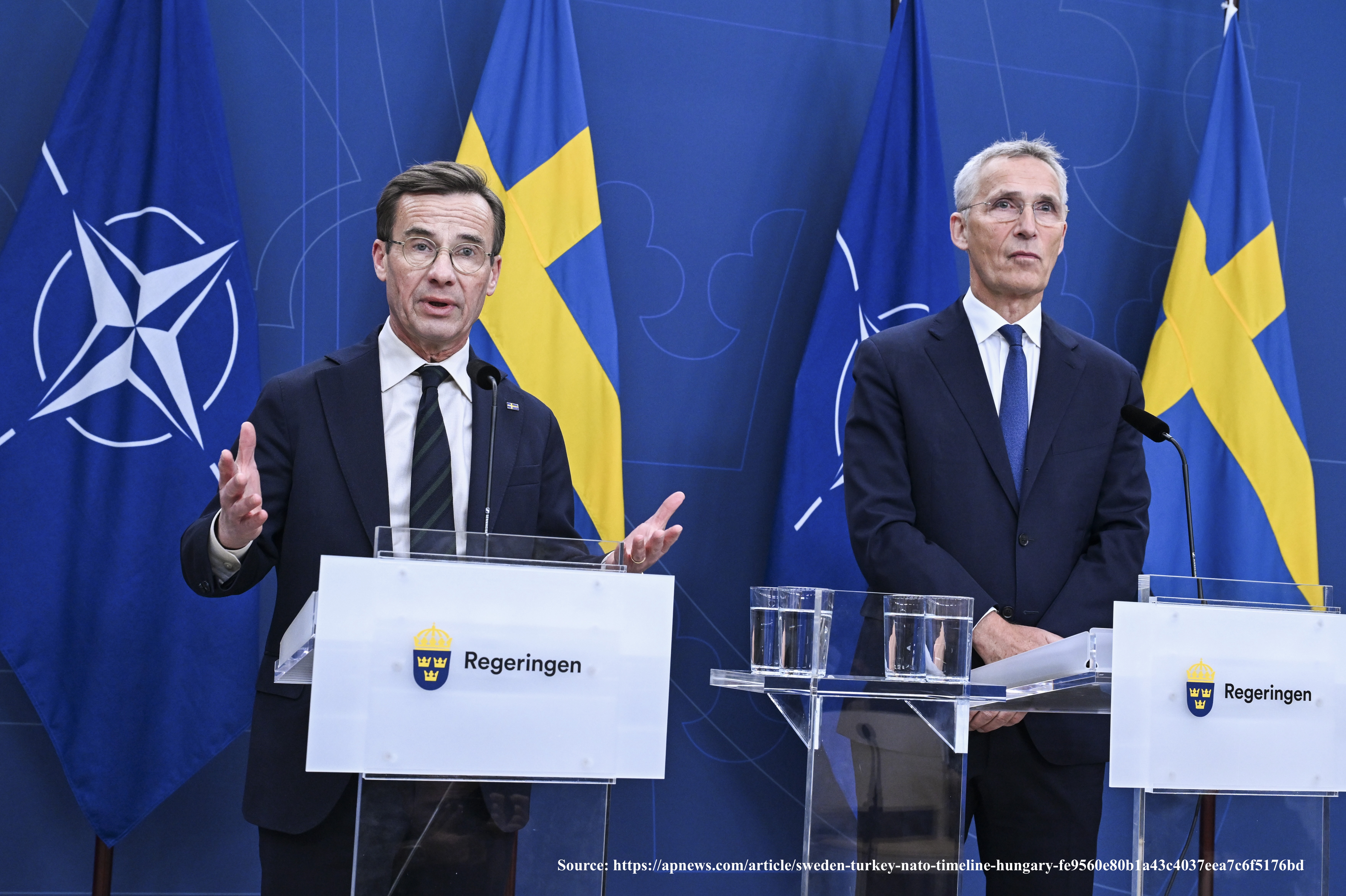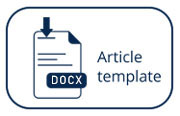Towards NATO Membership: Looking into the End of Sweden's Neutrality Amidst Strategic Shift in Europe
English

Downloads
The year 2022 marked the re-outbreak of a chaotic war, between Russia and Ukraine, in Eastern Europe. While military attacks between the two warring countries were not directed to countries around the region, and Sweden does not have a shared border with both countries, Sweden decided to apply for NATO membership a few months after the war began. This decision contradicted with Sweden’s long-standing tradition of neutrality in foreign affairs for almost two centuries. Using the framework of neoclassical realism along with the concept of alliance, the shifting stance is explained through systemic incentives and intervening variables, which comprised of (1) the inconsistency in the utilization of Russian military capabilities and (2) the European Union's defense challenges; (3) the Swedish military posture, (4) the Swedish Prime Minister's perception, and (5) the majority support within the Riksdag (Swedish Parliament). This research also indicates that Sweden’s neutrality would be maintained during international competition or the growth of alliances with significant power capabilities in the region. However, the neutrality did not extend to non-military aspects such as trade and transportation access.
Copyright (c) 2024 Hasanuddin Journal of Strategic and International Studies (HJSIS)

This work is licensed under a Creative Commons Attribution 4.0 International License.















